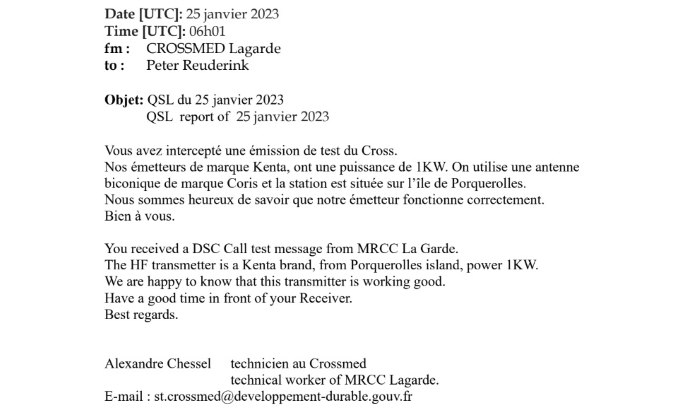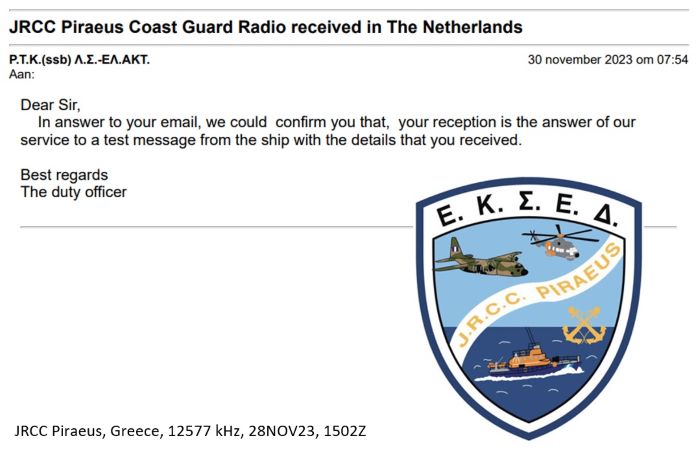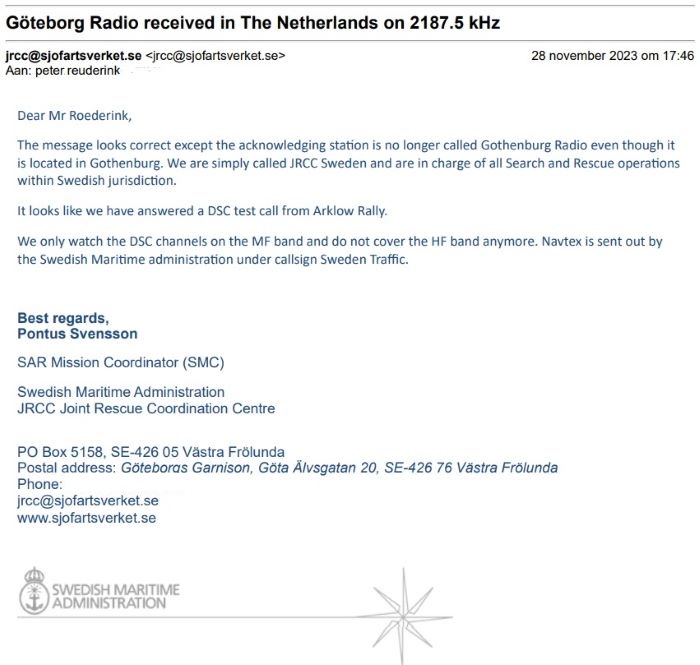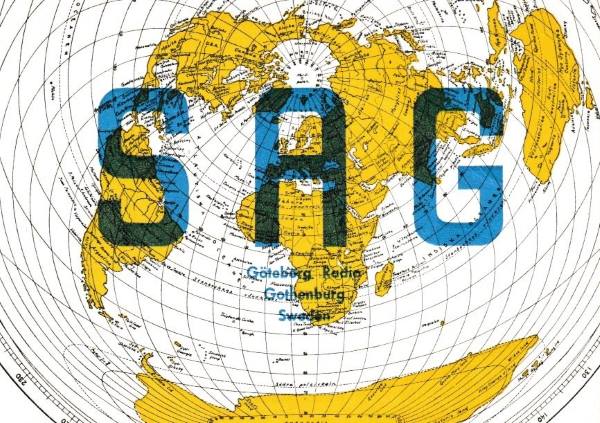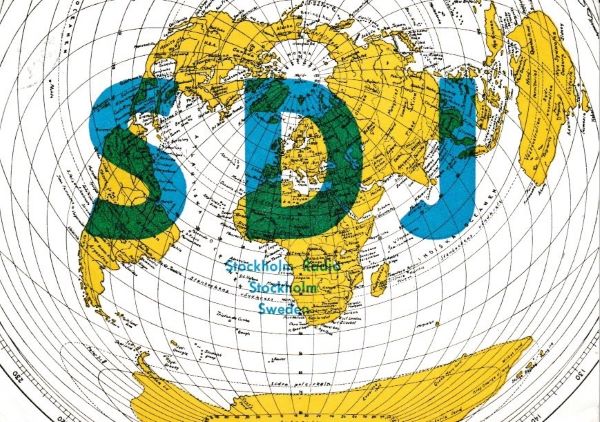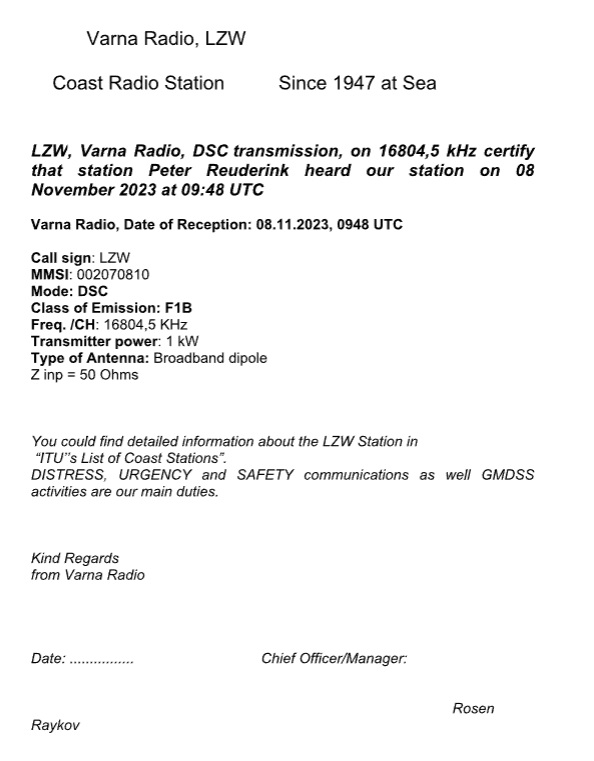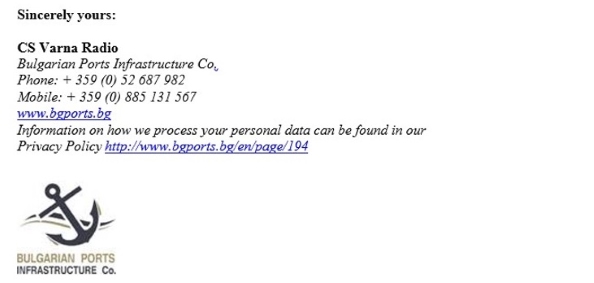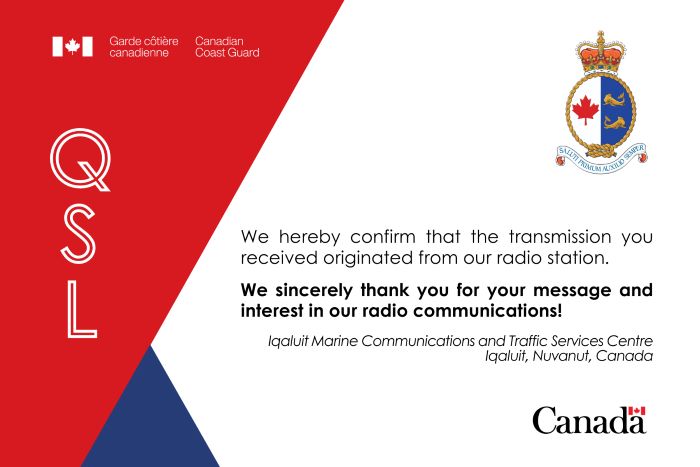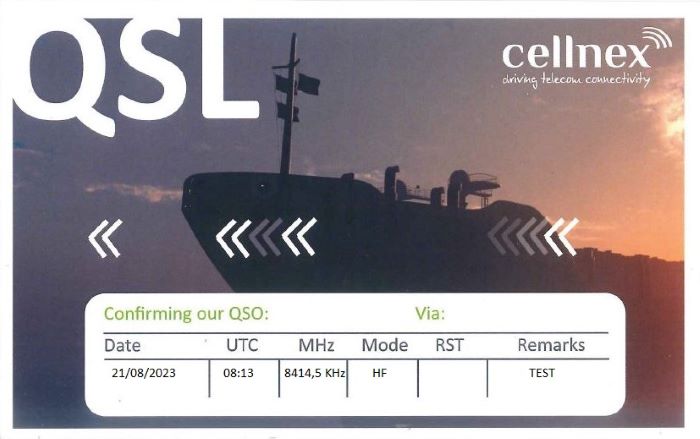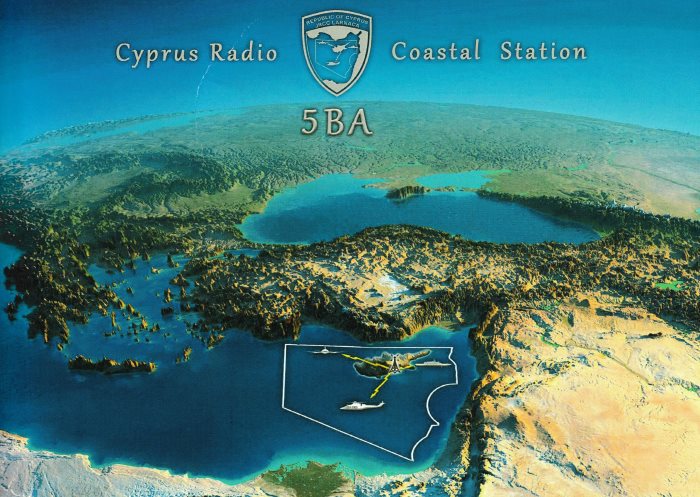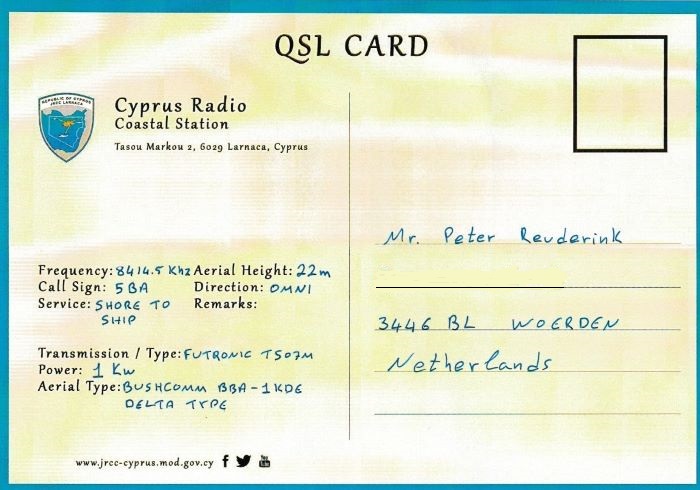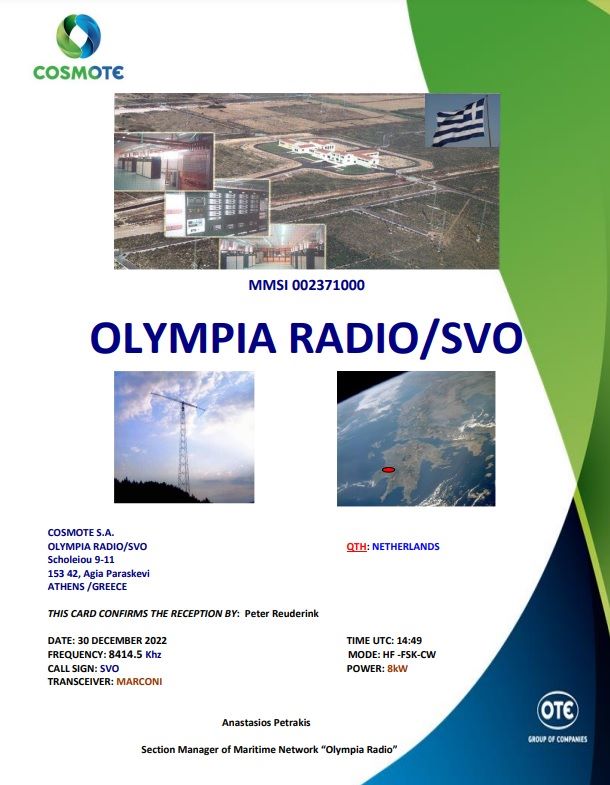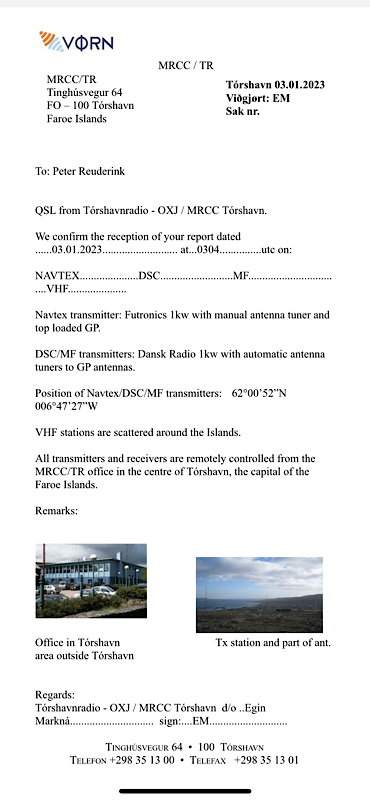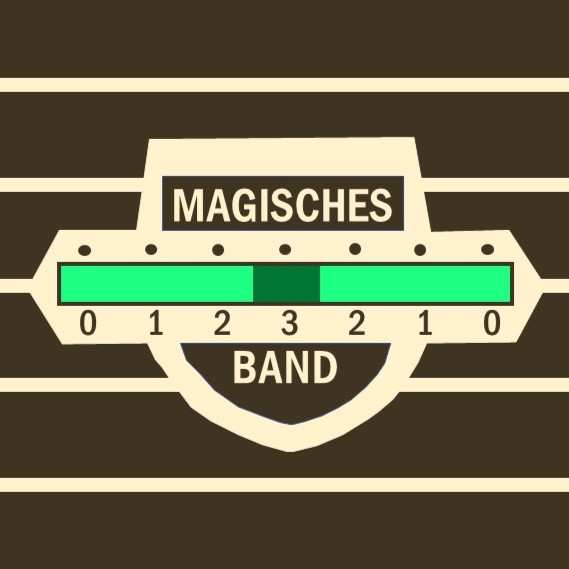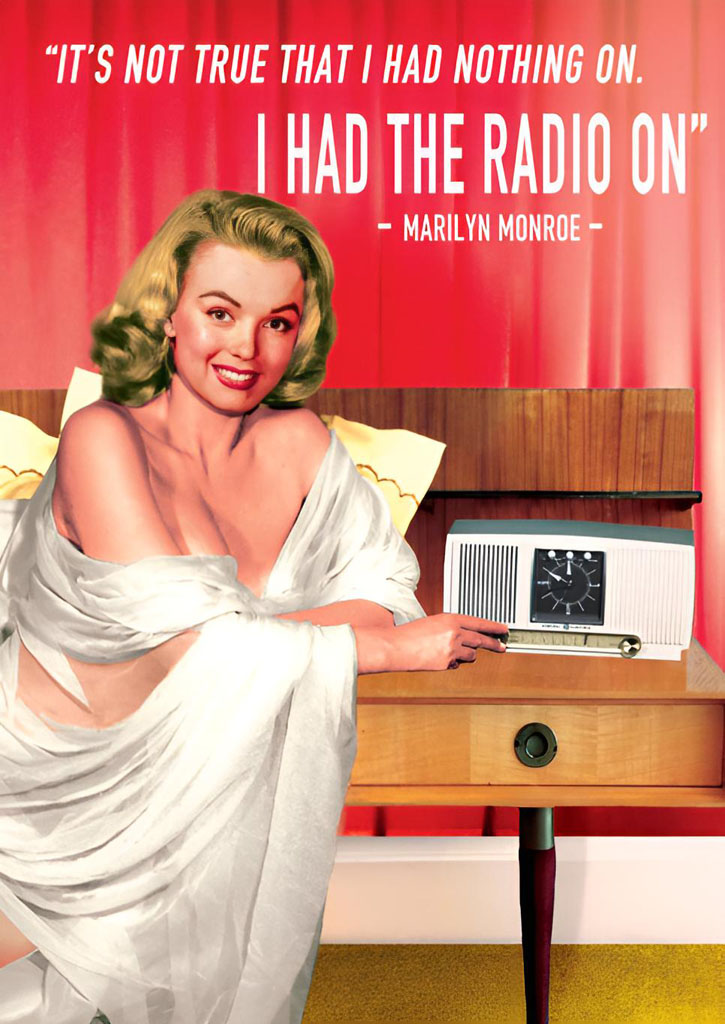A nice e-QSL from CROSS MED La Garde, France, on 2187.5 kHz. A station that can be heard regularly with DCS messages.
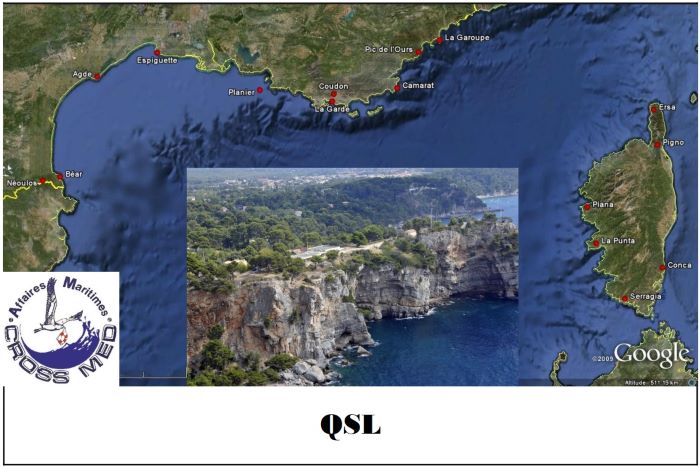
I have to admit that I’m still trying to establish the link between the new DSC stations and what I heard some 40 years ago. Coastal Radio stations like Bordeaux Arcachon, Boulogne-sur-Mer, Brest-le-Conquest and Grasse are gone. But the current CROSS stations are not their descendants. They are the successors of the French Navy stations that were easy to hear in CW in the 80-ies, not only from France, but from all over the world… resulting in nice QSLs from countries like Reunion, Tahiti, New Caledonia and French Guyana for example.
CROSS La Garde is one of 6 CROSS stations in France. The others are Jobourg, Gris-Nez, Étel, Corsen and Ajaccio. The latter, also known as CROSS Corse or “Aspretto” is a secondary station that heard less often. The community of La Garde is situated adjacent to Toulon, the most important French Navy harbor on the Mediterranean Sea (which also features in the movie “Napoleon” (2023))
